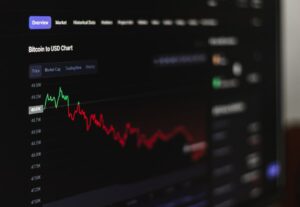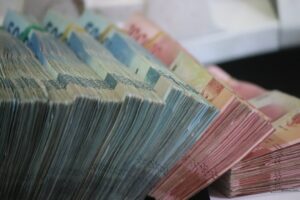Understanding the Basics of Open Market Forex Trading
Forex, short for foreign exchange, is the largest financial market in the world. With a daily trading volume of over $6 trillion, the forex market operates 24 hours a day, five days a week. Open market forex trading refers to the buying and selling of currencies on this decentralized market.
In open market forex trading, currencies are traded in pairs. The first currency in the pair is called the base currency, while the second currency is called the quote currency. The value of a currency pair is determined by the exchange rate between the two currencies.
To understand open market forex trading, it is essential to grasp the concept of currency pairs and exchange rates. For example, if the exchange rate between the US dollar (USD) and the Euro (EUR) is 1.10, it means that 1 USD is equivalent to 1.10 EUR.
The forex market is open to individual traders, institutional investors, banks, and governments. It allows participants to speculate on the future direction of currency exchange rates. Traders can profit from both rising and falling markets by buying or selling currency pairs.
There are several key players in the forex market. Central banks, such as the Federal Reserve in the United States, play a significant role in influencing exchange rates through monetary policy decisions. Commercial banks also participate in forex trading to facilitate international trade and manage their foreign currency exposures.
Understanding the basics of open market forex trading requires knowledge of different trading strategies. Traders can choose to trade manually or use automated trading systems known as forex robots. Manual trading involves analyzing market trends, economic indicators, and news events to make trading decisions.
On the other hand, forex robots utilize algorithms and computer programs to execute trades on behalf of the trader. These robots can scan the market for trading opportunities, place trades, and manage risk automatically. While forex robots can be helpful, it is crucial to understand their limitations and use them as tools rather than relying solely on their decisions.
Open market forex trading is conducted through forex brokers. These brokers act as intermediaries between traders and the market. They provide access to trading platforms, offer competitive spreads, and execute trades on behalf of their clients. When choosing a forex broker, it is essential to consider factors such as regulation, reputation, and trading conditions.
One of the distinct advantages of open market forex trading is its liquidity. Due to the high trading volume, traders can enter and exit positions quickly without significant price fluctuations. This liquidity also allows traders to use leverage, which is borrowing money from the broker to amplify their trading positions. However, leverage can be a double-edged sword as it can magnify both profits and losses.
Risk management is a crucial aspect of open market forex trading. Traders should develop a trading plan that includes risk tolerance, position sizing, and stop-loss orders. Risk should be managed carefully to avoid substantial losses and protect trading capital. It is also advisable to diversify trading strategies and not rely on a single currency pair or trading approach.
In conclusion, open market forex trading is a dynamic and exciting way to participate in the global currency market. Understanding the basics of currency pairs, exchange rates, and trading strategies is crucial for success in this highly liquid market. With proper risk management and continuous learning, traders can navigate the forex market and potentially profit from its fluctuations.





